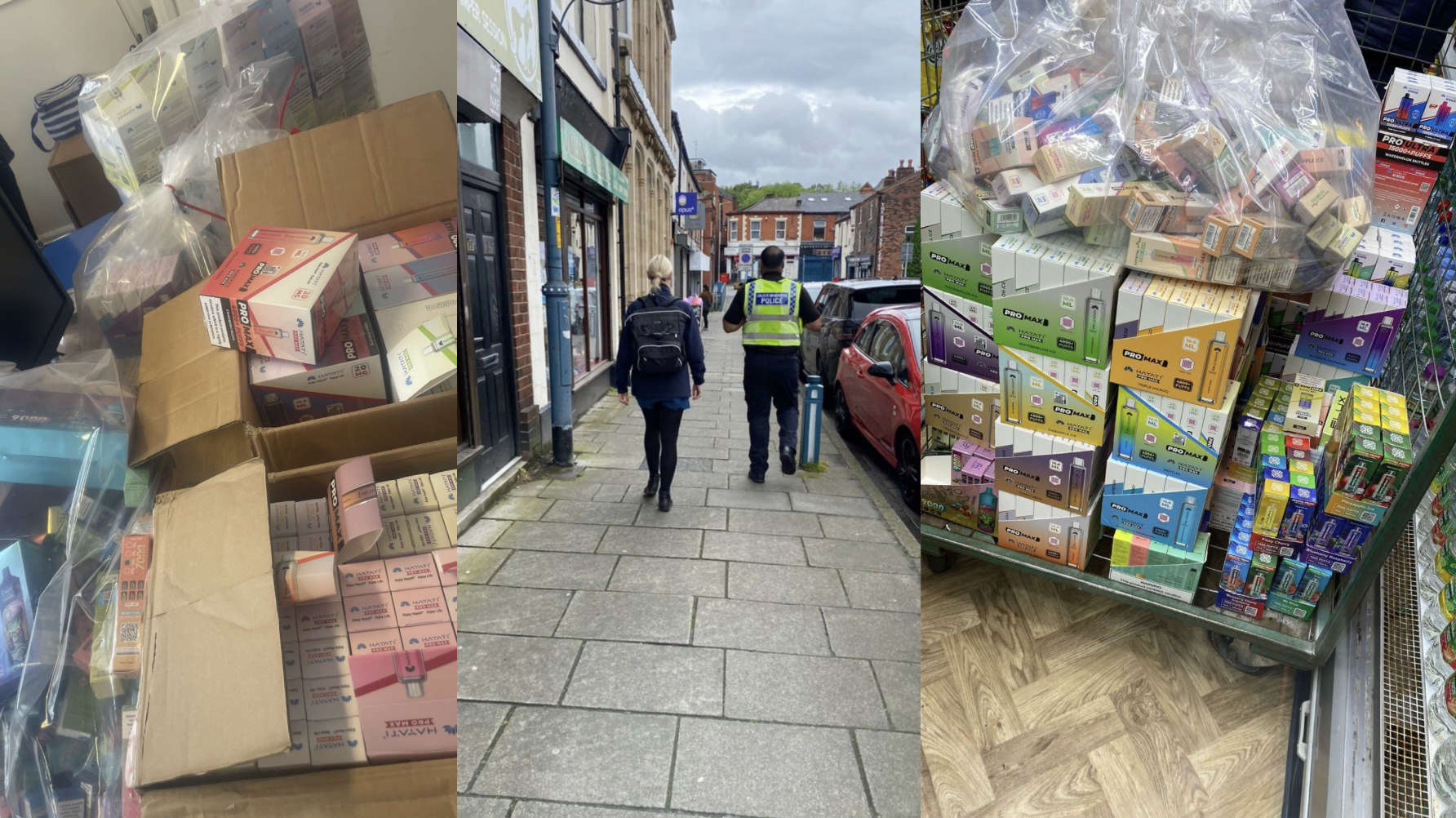
More than half of people with food allergies (56 per cent) have had an allergic reaction from mislabelled or unclear food packaging, with 23 per cent having suffered multiple reactions.
Seven in 10 people with food allergies said they felt nervous whenever they ate food which was not prepared by themselves or a close family member.
New research by GS1 UK has found that this could be down to inadequate food labelling practices in the UK. This includes unclear and inaccurate labelling, ambiguous phrases such as ‘may contain nuts’, and a worrying lack of consistency.
Most people with food allergies (60 per cent) rely on reading product packaging in-store to access allergen information – but only one in four who check food labels (24 per cent) always find the information they need.
Even if the information is found, people with food allergies are almost twice as likely to distrust it compared to those without (12 per cent vs 7 per cent), citing concerns over accuracy (53 per cent), vague language like ‘may contain’ (52 per cent), small writing (27 per cent) and the omission of their dietary requirements (13 per cent).
As a result, many with food allergies take to searching online (41 per cent), looking for product leaflets (23 per cent), visiting manufacturer websites (24 per cent) and asking in-store staff (17 per cent) to access this important information.
However, 43 per cent of those with food allergies say that they would prefer to access product information by scanning packaging with their smartphone.
This comes as next-generation barcodes – a fusion of the linear barcode and the QR code – are being piloted by GS1 UK members. QR codes powered by GS1 could soon be scanned in the stores and at the checkouts of leading retailers across the UK, providing both consumers and industry with instant access to endless streams of trusted product data.
This data is connected to the product’s unique identity, can extend far beyond the limitations of physical packaging, and can be seamlessly updated in real time, making allergen information more accurate and accessible than ever before.
People with food allergies were more likely than those without to have their purchasing decisions influenced by the availability of detailed product information via a QR code (83 per cent vs 58 per cent) – with two-thirds (64 per cent) already using their smartphones to scan packaging that features a QR code.
A third (33 per cent) said they’d be more likely to choose products with QR codes on pack, with 29 per cent saying this would increase their confidence in a product.
Key information that people with food allergies would like to see when scanning QR codes includes full lists of ingredients (57 per cent) and allergens (56 per cent), health and nutritional information (41 per cent) and details on precautionary allergen labelling (PAL) like ‘may contain’ (37 per cent).
Sarah Knight, parent of two children with food allergies and CEO at The Allergy Team, which supportx families, schools and businesses to manage allergies, commented on GS1 UK’s research: “The widespread use of next-generation QR codes on food packaging could provide transparency needed for those with allergies to make better informed decisions. It would allow brands to provide greater clarity on what phrases like ‘may contain nuts’ mean. For example, was the item made on a production line with nuts or was it made in a separate part of the factory which reduces the risk of contamination? Details like this could save lives – and will no doubt alleviate huge anxiety for people with food allergies and their families.”
GS1 UK’s research has also revealed the ambiguity surrounding what precautionary allergen labels (PAL) such as ‘may contain’ and ‘free from’ mean to consumers.
It found that there was a widespread belief (72 per cent) amongst respondents that if something is marketed as ‘free from’, it needs to be completely free from specific ingredients like gluten, dairy or nuts.
It is true that a product must be free from a specified allergen, but labelling something as free from does not mean it is necessarily free from all allergens.
And vegan labelling is not included in food law, so it may still contain animal products, with the Chartered Trading Standards Institute (CTSI) finding one in three vegan products on sale include milk and egg.
It is the same story for PAL, with 80 percent of respondents unaware that there is no clear definition of ‘may contain’ amongst manufacturers.
A further 73 per cent were unaware that there is no legal or regulatory guidance for manufacturers regarding PAL, with over half (56 per cent) unaware that PAL is entirely voluntary.
Labelling can vary depending on a manufacturer's interpretation of the guidelines, meaning that there is no consistency for consumers. This can lead to risky behaviours, with 20 per cent of people with food allergies saying they have risked eating food items with ‘may contain’ labelling.
Leading food allergy expert, Professor Adam Fox, commented: “There are devastating consequences of undeclared allergens or unclear labelling. The lack of legislation surrounding precautionary allergen labelling, terms like ‘may contain’ is a huge concern. Next-generation QR codes can only help to provide the transparency needed to keep people with food allergies safe in what has become the potential lottery of food labelling.”
Julianne Ponan MBE, CEO of Creative Nature Superfoods said: said “I’m a sufferer of anaphylaxis to all peanuts, treenuts, sesame seeds and certain additives. Unclear food labelling can be a matter of life and death. A huge number of brands are lazy on labelling. Choosing to protect themselves, not the consumer.
“It would be unacceptable to release food items with labelling that says ‘may contain glass’ - so why is it acceptable to use may contain labelling for ingredients that can be lethal to many consumers in the UK?
“There is a desperate need for a universal agreement of what ‘may contain’ constitutes so consumers can make informed decisions. The adoption of GS1 powered QR codes on food packaging has the potential to revolutionise the much needed transparency, particularly for individuals like myself with allergies. This innovation enables brands to offer unprecedented clarity regarding statements such as "may contain nuts, egg, milk." As well as allowing brands to tell the full story to offer more transparency to the customer. Such detailed information isn't merely informative; it's lifesaving. It promises to not only save lives but also to provide immense relief to allergy sufferers and their loved ones, easing the burden of anxiety that often accompanies mealtime decisions.”
Sarah Atkins, CMO and membership director of GS1 UK said: “Undeclared ingredients and unclear labelling can have devastating consequences for people with allergies. Both brands and retailers need to ensure that consumers are kept informed and protected with product data they can trust. QR codes powered by GS1 can address this challenge, providing consumers with instant access to the information they need to stay safe and well”.


 Pentecost in the Park: Stalybridge churches celebrate this Sunday
Pentecost in the Park: Stalybridge churches celebrate this Sunday
 Illegal vapes worth £30k seized in multi-agency crackdown
Illegal vapes worth £30k seized in multi-agency crackdown
 Dukinfield ex-cop jailed for sexual assault of young girls as they slept
Dukinfield ex-cop jailed for sexual assault of young girls as they slept
 WATCH: Police chase prolific burglar through Denton farmer's field
WATCH: Police chase prolific burglar through Denton farmer's field



